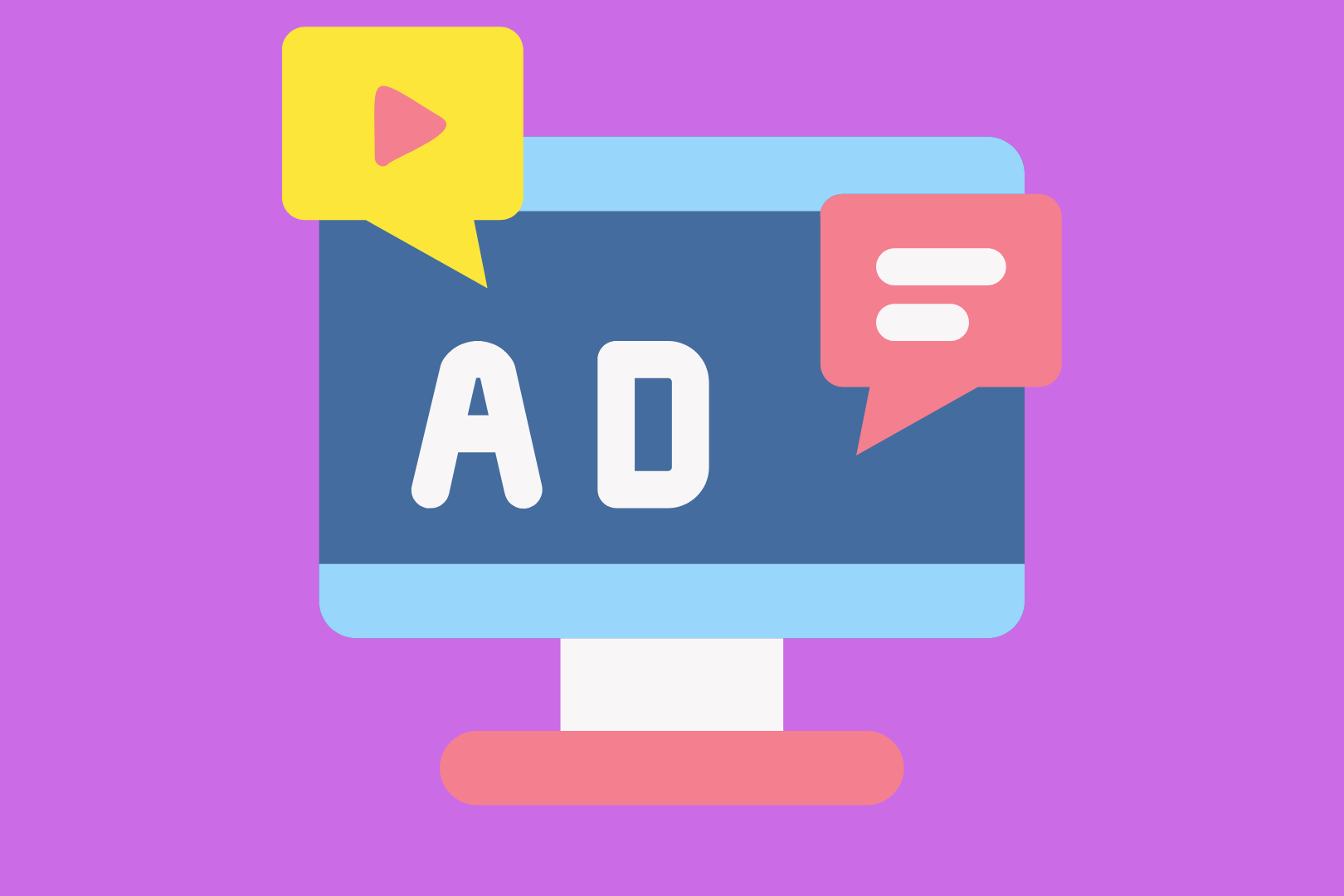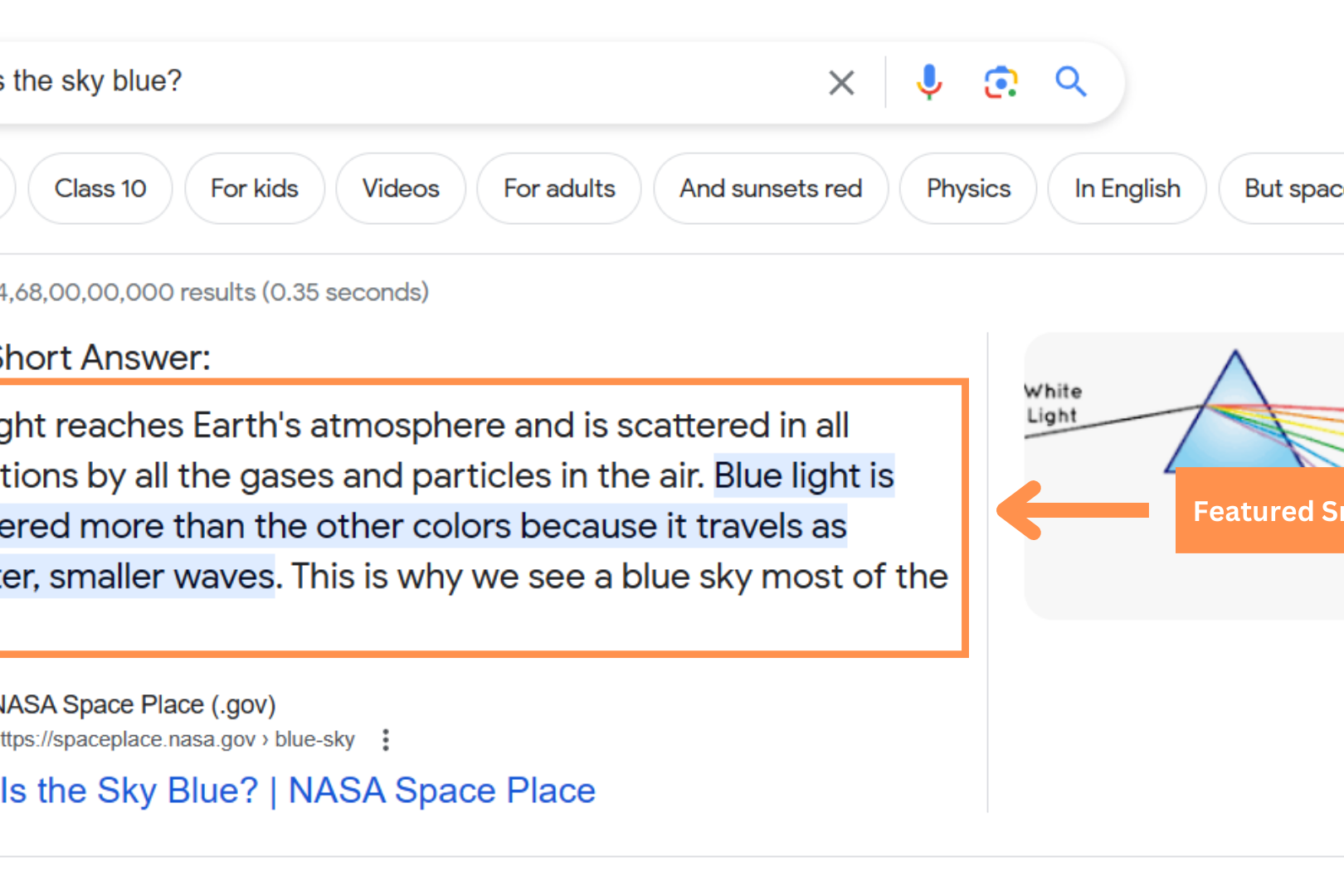Questions like, “why do I need to refresh my website content when I’ve already had a professional write SEO-friendly content for it?” might have popped up in your head when you saw the title. If the content in question was written over a year ago, chances are that your website has slipped down in SERP rankings owing to the content becoming less and less relevant with the passing of time. A content refresh is meant to solve exactly that.
What is a Content Refresh?
Content refresh refers to the process of updating and revising the content on your website. This can include anything from adding new blog posts and pages to updating existing ones with new information and keywords, removing outdated keywords or content or updating the page design. The goal of content refresh is to keep your website current, relevant, and engaging for your audience.
Why does my website need a Content Refresh?
There are several reasons why content refresh is important for the success of your website:
Improved SEO
Search engines like Google prioritize websites with fresh, high-quality content. By regularly updating your website with new content, you can improve your search engine rankings and drive more traffic to your site.
Increased engagement
Fresh content can help keep visitors on your website for longer periods of time, as they have something new to read or explore. This can lead to increased engagement, such as more comments on your blog posts or increased sharing on social media.
Improved credibility
A website with outdated or inaccurate information can hurt your credibility and reputation. By regularly refreshing your content, you can ensure that your website is a reliable source of information for your audience.
What does it involve?
Following are some of the methods to refresh your content and keep it current and engaging for your audience:
Adding new pages or blog posts
One way to refresh your content is to simply add new pages or blog posts to your website. This can help keep your site fresh and give your audience something new to read or explore. A fintech company for example could not only provide insights to its readers but also market itself to prospective clients more effectively by consistently making blog posts on industry knowledge and trends.
Revising the keywords
You want your keywords to be relevant to the current standards of the industry and SEO. If your content happens to be really old, chances are that there was also a lot of keyword stuffing done which was certainly a good strategy in the old days but not anymore. Google and other search engines can rank your site much lower if the keywords aren’t inserted with variations and more organically into your content.
Using headers for more important text
While search engines can penalise you for keyword stuffing, it also rewards you for using appropriate headers(H2, H3, H4, etc.) in your content. Not only will it help search engines value your content better but also improve the readability of the text on your blog or webpage. Additionally, incorporating keywords into these headers can also help with the site’s SERP ranking. Take this blog post for example: “What does it involve?” here is given more prominence using an H1 header and the subheadings under it are formatted using H3 headers to distinguish them from the main heading. The different headers also help with sectioning the blog post and making it easier to consume for the reader.
Using Alt text for images
An alt text provides a written description of the image or any other similar media. The said description helps search engines in understanding the image and indexing your website. For Example: If you run an online clothing store, you really want images of your products to show up in Google Images( a place where a lot of shoppers look for clothes and inspiration for styling). If your product images have an alt text describing the product it has a higher chance of showing up in the image search results of potential customers.
Adding Meta descriptions for the page
A Meta Description gives a short summary of the content within the website and shows up on the search results page also with the page title and URL. Search engines grab relevant snippets of content from your page and display only a part of it when there’s no meta description in place. Adding a meta description(Google has a character limit of 160) with relevant keywords can help the page rank even higher in search results.
Updating existing content
Another option is to update existing content on your website. This can involve adding new information or data, revising outdated information, or simply improving the overall design and layout of your pages.
Repurposing old content
If you have a lot of older content on your website, you can consider repurposing it in new ways. This could involve creating a new blog post or page based on an older one, or updating an old post with new information.
Utilizing multimedia
Adding multimedia elements, such as videos, podcasts, or infographics, can help refresh your content and make it more engaging for your audience.
How often does my website need it?
It’s important to strike a balance between updating your content frequently enough to keep it fresh and relevant, but not so frequently that it becomes overwhelming for you or your audience.
If you have blogs or articles on your site then chances are that some of the content in those blogs will become outdated after a while along with any links or citations provided within. In such cases, it’s advisable to either replace the blogs entirely with new ones or to update the existing ones with new information and mention the fact that it was updated.
A static website that is meant to only display information about your business could still use a content refresh every few months to stay relevant to search engines. However, if your site sells services or products, updating content on a weekly or even daily basis might be pertinent.
Get Brace Media to do a Content Refresh for your website
The world of SEO and SERP rankings can be really complicated for the uninitiated and even with the info provided in this blog post, it’s better at the end of the day to leave it to the experts. Need a content fix for your website? We are the right people!
Related Posts
August 9, 2023
What is PPC Marketing? Answered with Pros and Cons
What is Pay-Per-Click Marketing or advertising? We answer that and more with…
August 1, 2023
Featured Snippets on Google: How Do They Work and why should you care?
What are Featured Snippets and how can they improve your website's search…
July 19, 2023
Here’s Why Off-Page SEO Is Just as Important as SEO on Your Landing Page
Discover why off-page SEO is just as crucial as on-page optimization. Learn how…



